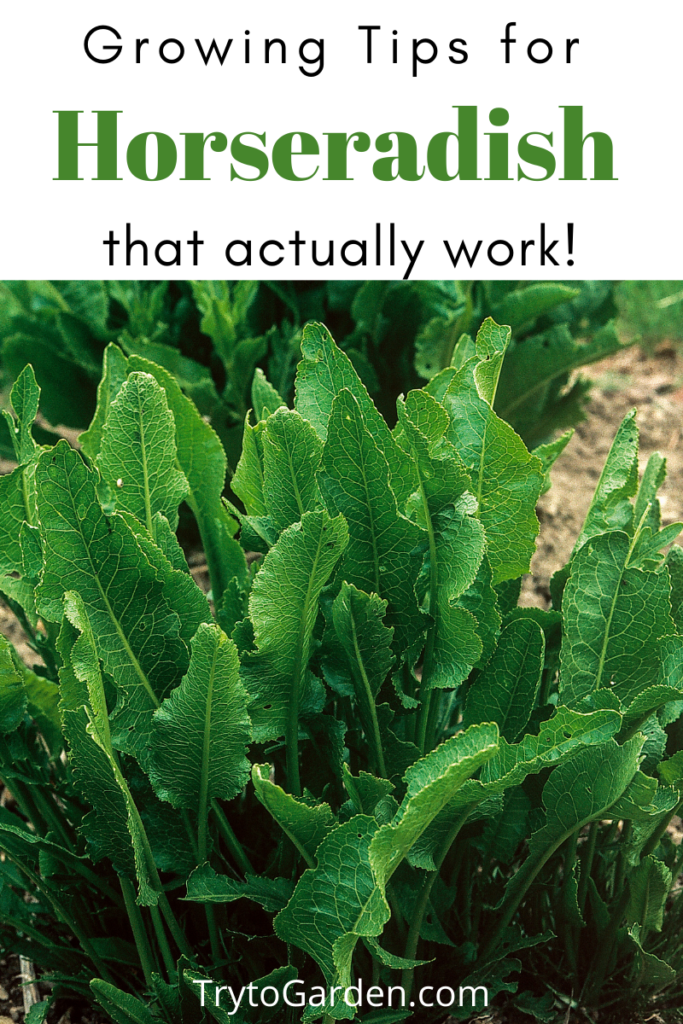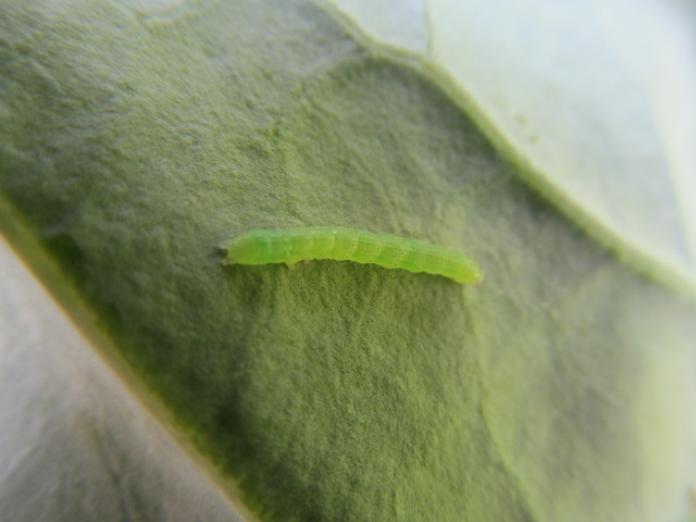This post contains affiliate links, which means I will make a commission at no extra cost to you should you click through and make a purchase. As an Amazon Associate I earn from qualifying purchases.
Horseradish always brings me fond memories of my mom. She loved to go out for prime rib on Saturday nights, and always had horseradish sauce with it.

She almost literally frosted her prime rib with the sauce - and we would say she had a little prime rib with her horseradish... to this day, I am not sure she ever really tasted the juicy prime rib she indulged in.
Gardening Tips for Horseradish That Actually Work!
Horseradish or Armoracia rusticana is a zesty root herb used in medicine and cuisine. This hardy plant is native to Europe and western Asia and has been cultivated since ancient times.
In Egypt, records of it appear as early as 1500 BC. In Greek mythology, the Delphic Oracle tells Apollo that horseradish is worth its weight in gold. Pliny the Elder wrote of the healing properties of it in the first century AD.
Horseradish is a member of the mustard family or Brassicaceae. During the Middle Ages, the leaves and roots of the plant were popular medicinal cures for cough and indigestion. Inhabitants of Germany, Scandinavia, and Britain also used it as a meat condiment. Horseradish came to America during Colonial times in the 1700s.
Horseradish Benefits
In herbal medicine, it is used as a diuretic and to treat digestive disorders, bronchitis, urinary tract infections, and sinus infections. Horseradish also has antimicrobial properties to kill some strains of bacteria.
Nutritionally, this gem is high in vitamin C, phosphorus, calcium, magnesium, and potassium.
Theoretically it can also help :
- Prevent cancer.
- Strengthen your immune system.
- Relieve pain and inflammation.
- Regulate your blood pressure.
- Improve the health of your teeth.
This root has a spicy, invigorating flavor. While intact, the root has almost no fragrance. When crushed, the destruction of enzymes creates mustard oil and a pungent burst of aroma. Like onions, horseradish can irritate the eyes and sinuses when chopped or grated.
Freshly grated horseradish must be mixed with vinegar. Exposed to air, the root darkens, loses its characteristic tangy flavor, and turns bitter.
Basic Horseradish Facts:
Seeds will sprout in 7-15 days, depending on conditions
It has a long growing season - it is a perennial plant like asparagus. You can plant it early in the spring and harvest in late October or early November. Basically before the ground freezes. It takes roughly 140 - 160 days from planting to harvesting. Ideally, plants should have 1 -2 years before you start to dig them up.
It grows best in cool, moist regions where the temperature stays between 45°F and 75°F (7-24°C).
This is hard to judge as you might be in a different stages of growth, but figure you need only 1 plant per family.
You can eat horseradish raw, pickled, or cooked, but it is most often added as a condiment to sauces. We love it in our shrimp cocktail sauce!
Horseradish is prized as a culinary condiment, especially for beef, and as an ingredient in seafood sauce. The roots, flowers, and leaves are all edible. Japanese horseradish is known as wasabi.
How to grow horseradish
Horseradish grows to about two feet tall and eighteen inches wide and needs generous growing room. This messes you up if you do square foot gardening as one plant takes up 4 squares.
It is a perennial. It can grow as an annual in climates less suited to its needs, but the plant is of lower quality. The hardiness zones for horseradish are 2 - 9. Plant in early spring, as soon as the ground thaws, or plant in fall at the same time as garlic or onions.
Plant it immediately after receiving the root. Left exposed too long; horseradish will wither and die. If necessary, wrap the root in plastic and store it for a short time in the refrigerator.
This plant likes full sunlight but will tolerate partial shade. Give this hardy plant plenty of room to grow. The preferred soil pH is 5.5 - 7. Moist, loamy soil with plenty of organic matter is ideal.
How to plant horseradish
To plant it as a young or mature plant, dig a hole about two times as deep as the plant's roots. Fill with soil, keeping the leaf base at the soil line. Water well.
In full sunlight, provide shade to the plants for two or three days until they recover from the planting. Horseradish will wilt after planting but will soon thrive again. Water regularly throughout the season.
To plant it as a root, dig a hole about a foot wide and deep enough for the root to sit at a 45-degree angle. Fill the hole with compost or soil to a slight mound so that the top of the root peeks out through the soil. Water well. Two to three times during the growing season, give it a dose of balanced or low-nitrogen fertilizer.
How to harvest and replant horseradish
Harvest horseradish in fall, just after the first frost. Frost helps give the plant its tangy taste. Year-old plants are the most flavorful, so dig up and replant it each year. Use a pitchfork to remove the plant from the ground. Dig gently around the roots and lift the plant carefully.
To prepare roots for replanting, trim away the horseradish greens and divide the root. Cut smaller root sections from the main root. Sections suitable for replanting are those approximately 10 inches long and ¾ inches in diameter.
Horseradish is resistant to cold and grows easily in the garden or in a deep container. In the garden, untended plants can quickly multiply and become invasive.
Horseradish pests
A common garden pest is the cabbage worm. Cabbage worms are the caterpillar stage of the Small White Butterfly, which is indeed a small white butterfly with dark wing spots.

The caterpillars eat large holes in plant leaves. Cabbage worms are velvet green with pale yellow stripes running down the back and sides. The best way to control cabbage worms is removal by hand.
Horseradish Easy Recipe
Other articles you may find helpful:
- Growing Tomatoes in Pots Successfully
- Tomato Growing Secrets to Avoid All Ripening At Once
- Grow Organic Garlic in the Garden
